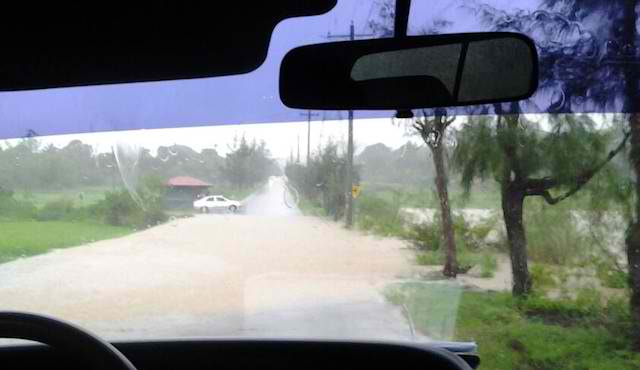SUMMARY
This is AI generated summarization, which may have errors. For context, always refer to the full article.

MANILA, Philippines — The Ilocos and Cordillera regions are warned against moderate to heavy rain as the bulk of the monsoon moves toward northern Luzon Wednesday, August 21, but it will not be as bad as the rain in southern Luzon in the past few days, state weather bureau Pagasa said.
“We are expecting to have moderate to heavy rains this afternoon in Ilocos region and [Cordillera Administrative Region]… Makakaexperience ng ganoon karaming ulan pero hindi ganoon katagal at kalawak ang bagsak,” said PAGASA OIC Vicente Manalo.
“The good news is yesterday, the clouds or rain clusters are solid and covered big areas. Today, it’s scattered,” Manalo added.
Several local government units (LGUs) in Ilocos Sur and Pangasinan have seen the brunt of the southwest monsoon rains on Tuesday, August 20. They have declared a state of calamity to allow them to draw emergency funds to help residents.
READ: Pangasinan, Northern Luzon not spared by Maring
The rains are caused by the southwest monsoon or Habagat, which is enhanced by tropical storm Maring (international codename Trami) which left Philippine Area of Responsibility 7 am Wednesday.
Metro Manila will continue to be cloudy until Friday, August 23.
The National Disaster Risk Reduction & Management Council (NDRRMC) also considers Central Luzon “critical,” particularly residential and agricultural areas that are low-lying and prone to flooding.
“Mababa kasi ang ibang towns, lalo na sa Pampanga and Bulacan. We are still waiting for Hagonoy, if it has declared state of calamity,” said NDRRMC spokesman Major Rey Balido.
Bulk of the affected population came from Central Luzon, 670,000 individuals or 60% of the total 1 million people affected.
Central Luzon is the rice granary of the Philippines. — Rappler.com
Add a comment
How does this make you feel?
There are no comments yet. Add your comment to start the conversation.